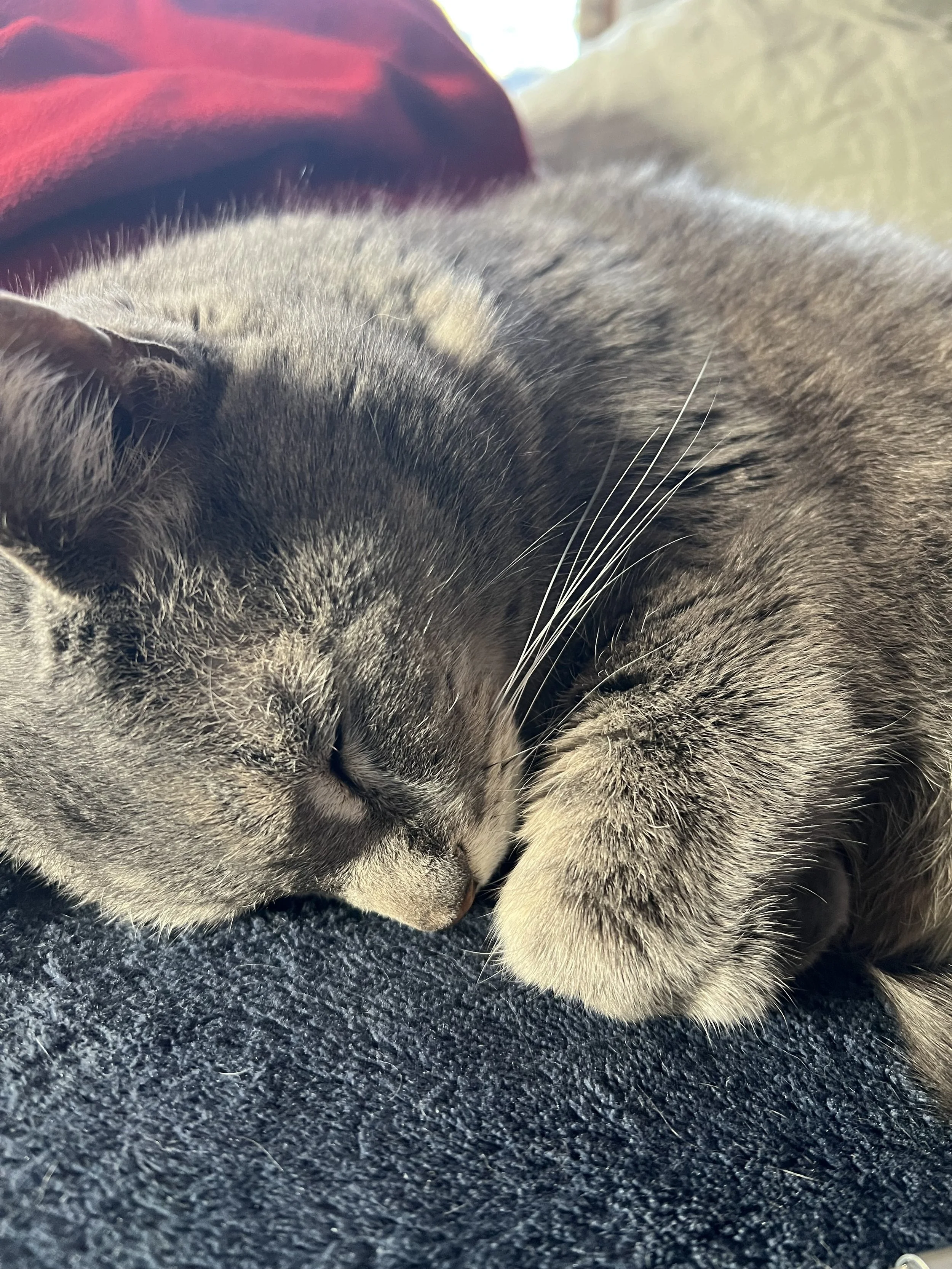Routine-ish: A Flexible Survival Strategy
I used to think routine was something I had to get right in order to be okay—like if I could just find the perfect rhythm, I’d finally feel balanced. But my relationship with routine has always been more of a dance than a checklist. Living with ADHD, bipolar disorder, anxiety, and depression means that my energy and clarity show up in waves, not in calendar blocks. Some days I flow through the morning like I’ve got it all figured out. Other days, brushing my teeth feels like an act of courage.
I’ve learned not to treat consistency as a measure of worth, but rather as a support system—one I return to when I can, and release when I need to. I’m not always steady. But I’m trying anyway.
For a long time, I believed that if I could just commit to the right habits, they would save me. That my life would finally click into place if I just stuck with the journal, or the wake-up time, or the morning stretches. And for a while, I did. I got really good at building beautiful routines. Until I didn’t. Until my brain chemistry changed, or my mood dipped, or life spun sideways, and suddenly those habits felt impossible. I used to see that shift as a failure. Now, I see it as a signal.
When I fall out of routine, I pay attention. Not to scold myself, but to get curious. What’s different right now? What am I needing? What am I avoiding? Routine has become less of a rulebook and more of a toolkit—something I build around the version of myself that shows up each day.
There are patterns I return to because they help: going outside first thing, taking time to talk to my plants, writing down our favorite meals for future use (I can never seem to follow a recipe exactly, but I still like remembering what we love). There are systems that support my nervous system—like reorganizing a prominent space in the home when my environment feels chaotic. But I don’t expect those systems to run on autopilot. I expect them to bend. And I’ve learned that a routine that bends is one I’m much more likely to return to.
There are still days when I fall into the guilt trap—when I notice the dust on the countertops and feel like I’ve failed at adulthood. But I try to remind myself: even showing up to notice that I’m overwhelmed is a kind of progress. And sometimes the most responsible thing I can do is let go of the checklist and take a nap.
The truth is, my healing hasn’t come from mastering a rigid routine. It’s come from allowing enough flexibility to meet myself where I am. It’s come from honoring the parts of me that crave structure and the parts that rebel against it. It’s come from realizing I don’t have to be the same person every day, and my systems don’t have to be either.
So yeah, I live a routine-ish kind of life. Some weeks are full of flow and structure, and others are held together by a single clean spoon and the fact that I remembered to put on pants. But through it all, I’ve built a relationship with myself that feels a little steadier. A little kinder. A little more real.
And that, to me, is what survival looks like: not perfection, but resilience. Not rigid consistency, but the courage to begin again—gently, imperfectly, and always in my own time.
If you’re navigating your own version of routine-ish living—building systems that bend, falling out of them, starting again—know that you’re not alone. There’s room for softness here. Room for effort, and rest, and the messy middle we all live in.
If this resonated with you, I’d love to keep in touch.
You can join the email list for more reflections, gentle check-ins, and small moments of creative grounding—delivered in your inbox, at whatever pace you need.


